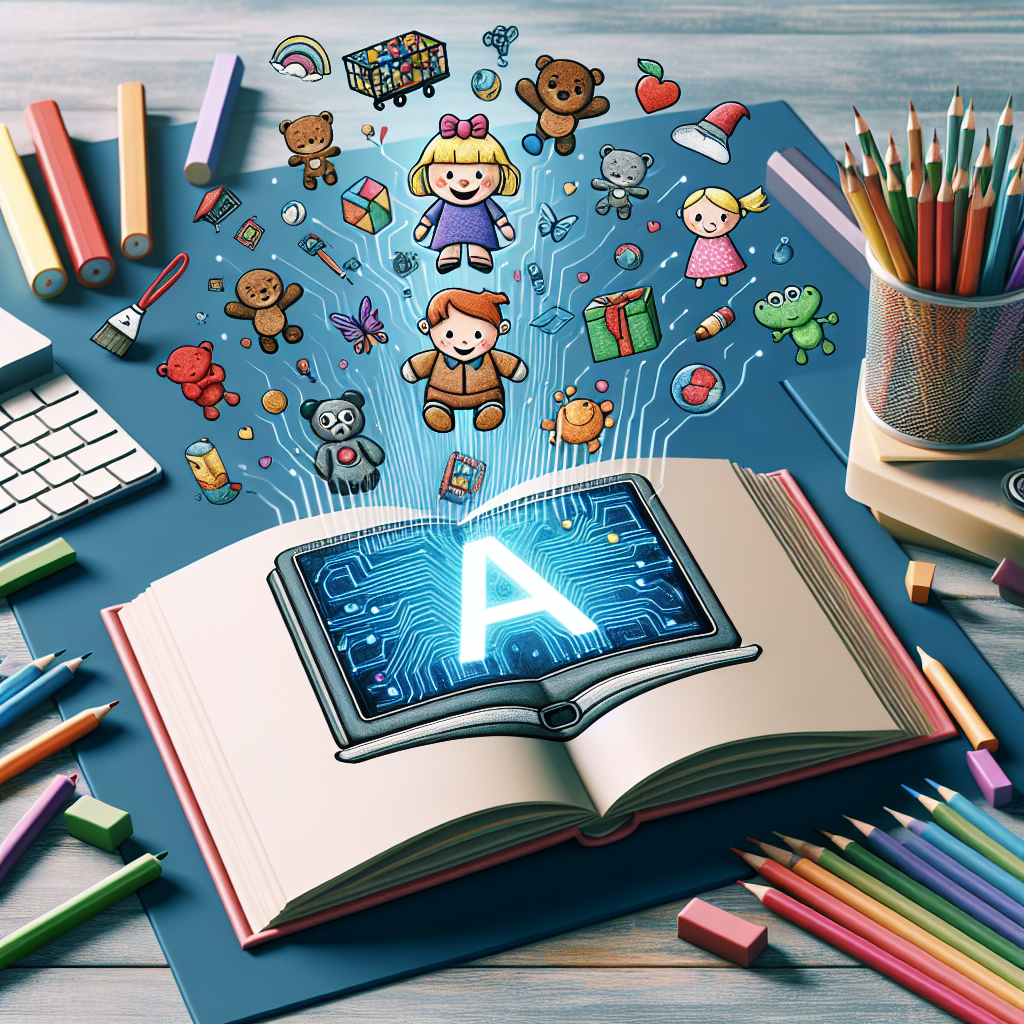Editing AI-Generated Children’s Books to Provide Appropriate Content
At present, AI technology is increasingly integrated into every facet of life – including children’s book creation. AI-generated stories offer an innovative new way of providing entertainment and education to young readers; however, due to this advancement comes with it the necessity of careful editing to ensure content suitable for different ages.
AI-Generated Children’s Books on the Rise
AI-generated children’s books are made possible thanks to algorithms which generate text based on various parameters and prompts, including personalized storylines and characters that make reading engaging for young readers. Parents and educators view AI-generated children’s books as valuable tools in encouraging literacy among children while inspiring a love of reading in young readers.
However, AI-generated children’s books pose some ethical concerns in terms of content quality and appropriateness. AI algorithms may fail to grasp all nuances of language used when authoring these stories for children – prompting editors to ensure age appropriate content that suits young readers is created by AI algorithms.
Editing Artificially Intelligent Children’s Books (AI-Generated Children’s Books).
Editing AI-generated children’s books involves reviewing them for grammar, spelling and coherence before checking that content meets age-based recommendations. Editors play an invaluable role in crafting narrative and characters to make reading enjoyable while keeping children safe. By editing AI-generated children’s books editors can enhance reading experiences while making sure content meets safety regulations for young readers.
Editors Encounter Disadvantages on an As-Need Basis
Editors face numerous difficulties when editing AI-generated children’s books due to the sheer volume of material generated. AI algorithms generate text at an extremely rapid pace, making it challenging for editors to keep pace with this rapid output of material. Furthermore, this content may contain errors or inconsistencies which require careful edits for proper reading comprehension and consistency.
Editors also face the daunting challenge of making sure content is appropriate for their target audience, particularly children’s books classified according to reading level and content classifications. Editors must ensure their work aligns with these classifications – this can be particularly tricky given that children often differ greatly in maturity levels and responses to themes within books.
Strategies for Editing AI-Generated Children’s Books
Editors who work on AI-generated children’s books can employ various strategies to ensure that content is age-appropriate and appealing to young readers, such as making sure text language and tone are easy to comprehend by children; editors can also pay close attention to characters/storylines that resonate with intended age group audiences and ensure relatable storylines are created within it.
Another strategy is collaborating with AI developers and programmers in order to enhance the quality of content produced. Editors can work alongside these professionals by offering feedback for refining algorithms used for text generation; ultimately creating more polished and suitable material suitable for children’s books.
Conclusion
Editing AI-generated children’s books to ensure age-appropriate content requires close scrutiny and an intimate knowledge of children’s literature. By working closely with AI developers and programmers, editors are able to ensure engaging, safe and suitable material reaches young readers worldwide. As AI technology continues its rapid advancement, editors’ roles will grow increasingly important for providing high quality age appropriate books worldwide.
